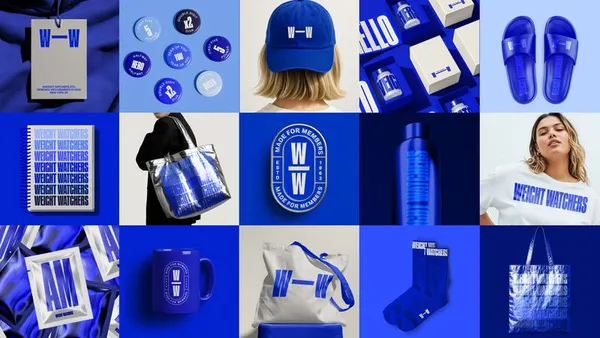Dive Brief:
- Unilever is broadening its Unstereotype initiative introduced in 2016 to reduce stereotypical portrayals of people in advertising as industry-wide representation issues persist, according to a company announcement.
- Act 2 Unstereotype arrives along with research the marketer commissioned from Kantar that revealed less than one in five survey respondents believe ads today are representative of society at large. Kantar also found nearly half of people from marginalized groups, including Black, Hispanic, Asian, LGBTQ and disabled consumers, believe they have been stereotyped through advertising.
- Unilever argues that failing to close the representation gap could make the advertising business subject to "cancel culture," where consumers shun people or organizations that fail to meet their standards around social values. In response, the packaged goods giant is expanding Unstereotype's purview to encompass all aspects of its marketing, including production and product development, as opposed to the narrower focus on advertising alone.
Dive Insight:
Unilever joins a growing wave of marketers doubling down on commitments to diversity, equity and inclusion as consumer scrutiny remains high and social media continues to be a powerful tool to turn public opinion against brands perceived as failing at representation. The company is referring to this risk as "cancel culture," a loaded term that has increasingly crept into discussions around politics, pop culture and business. An expansion of the Unstereotype platform follows a year that saw widespread protests for racial justice and an outpouring of pledges to improve representation and hiring practices from the corporate sector.
The CPG giant behind products like Dove, Ben & Jerry's and Axe has scored accolades for creative work tackling tough social issues. Ben & Jerry's was among a handful of consumer brands to wade into conversations around white supremacy and policing at the height of the protest movement last summer, while Dove for years has promoted more natural looks through its "Real Beauty" platform.
But Kantar's research indicates that consumers still see advertising as largely missing the mark. Marginalized groups are up to 30% more likely to be stereotyped by ads compared to the general population, according to the findings. Disparities are even starker when breaking down the numbers demographically.
More than half (55%) of women of Asian descent don't feel represented by ads, while 46% of men with a disability see ads with negative portrayals of people in their situation. Cynicism can also factor into the equation, as two-thirds of LGBTQ consumers ages 18 to 34 believe diverse casts in ads are only present so brands can "make up the numbers," per Kantar.
The study outlined how the prevalence of stereotypes in media could be particularly deleterious to groups like Gen Z, with 71% of respondents calling out the risks to younger generations. Gen Z is generally painted as the most racially and ethnically diverse generation to date and is believed to hold higher standards around social issues.
Unilever is attempting to tackle these concerns by applying the Unstereotype mandate to areas of its business beyond consumer-facing ads. That includes rethinking its marketing mix, product development and advertising production, with plans to work with more minority groups behind and in front of the camera. Following the lead of Dove, Unilever has also pledged to ban digital alterations to photography, such as editing body shape and skin color, across its organization.
The company shot a short film featuring a diverse cast of influences, activists and experts to promote Act 2 Unstereotype and spur the industry toward greater structural change. The renewed push follows several other efforts to address social inequality.
Earlier this year, Unilever said it would stop using the word "normal" in the advertising and packaging of its beauty and personal care brands as part of a larger Positive Beauty platform. It also recently committed to direct more than $2 billion annually in media spend toward diverse suppliers by 2025.














